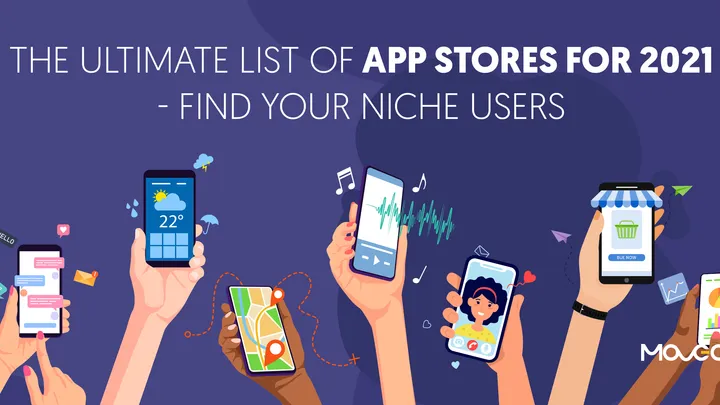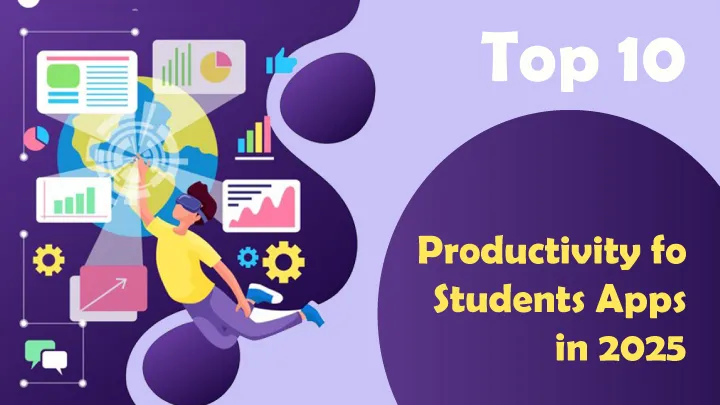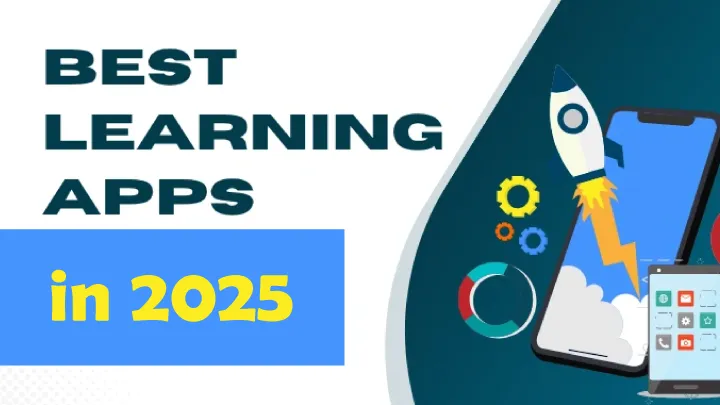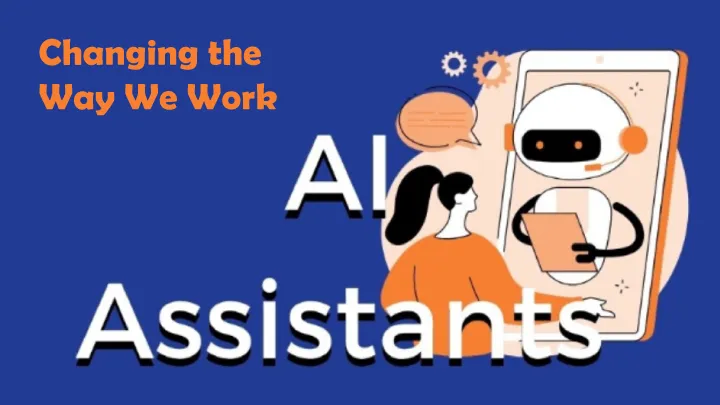In today’s digital-first marketplace, customer feedback is not just valuable—it is essential. Review apps play a central role in capturing insights, amplifying authentic customer voices, and guiding business strategies. With the rising dominance of mobile experiences, brands and individuals alike are turning toward specialized review platforms to enhance credibility and consumer trust. However, choosing the right review app is less about brand recognition and more about the features embedded in its ecosystem.
This article delivers a professional breakdown of the top five review apps, analyzed exclusively through their features and functional capabilities. Each section explores usability, feedback mechanisms, integration options, analytics, and community-driven aspects. The focus here is practical—understanding what each platform enables, and how its feature set drives value for different types of users.
The five review apps covered include Trustpilot, Yelp, Google Reviews, Capterra, and AppFollow. Each stands out in its niche, but together they reflect the spectrum of review management capabilities available to businesses and consumers today.
Trustpilot: Features That Drive Transparency
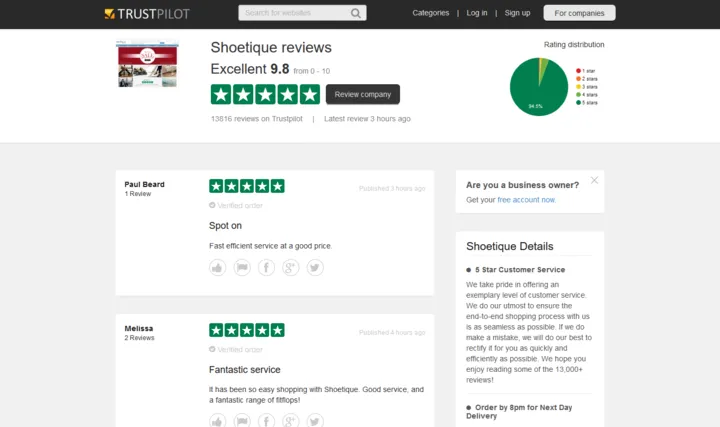
Trustpilot is one of the most recognizable names in the customer review landscape, especially for online retailers. What sets Trustpilot apart is not simply its global reach, but its emphasis on transparent, structured, and community-verified feedback.
Verified Review System
Trustpilot enforces a dual collection method. Companies can invite reviews via automated invitations, while customers can also leave unsolicited reviews directly on the platform. This balance reduces bias, ensuring authenticity. Verification tools, including automated purchase confirmation, minimize fraudulent submissions.
Customizable Review Invitations
Businesses can design branded email invitations with custom text, timing, and follow-up options. This feature is crucial because it allows companies to frame customer engagement within their brand’s voice while still adhering to Trustpilot’s guidelines for impartiality.
TrustBoxes (Review Widgets)
One of Trustpilot’s most powerful features is its TrustBoxes—ready-to-use widgets that integrate customer reviews directly into a company’s website. These widgets come in multiple layouts, such as carousel displays, grid views, or star ratings, making it easy to showcase social proof without extensive coding.
Advanced Analytics and Insights
Trustpilot’s analytics suite offers granular data: review volume trends, sentiment analysis, customer satisfaction scores, and competitive benchmarking. Businesses can view performance across regions or product lines, turning raw feedback into actionable intelligence.
Public Company Profiles
Every business on Trustpilot has a public profile page where reviews aggregate. These profiles include star ratings, top keywords mentioned by reviewers, and company responses, creating a transparent ecosystem where users can evaluate credibility instantly.
API and Integration Support
Trustpilot’s API allows developers to sync reviews with CRMs, help desks, and marketing platforms. This feature turns customer reviews into a live data stream that can inform support tickets, sales processes, or loyalty campaigns.
Yelp: Features That Build Local Engagement
Yelp remains synonymous with local business discovery, and its features cater heavily toward service-oriented companies. Unlike platforms focused exclusively on e-commerce, Yelp’s ecosystem emphasizes community-driven engagement and visibility in local markets.
Location-Based Discovery
Yelp’s search engine leverages geotagging, enabling users to discover businesses within proximity. Combined with filtering by rating, category, or price range, this feature makes Yelp particularly powerful for restaurants, salons, and service providers.
Review Richness
Yelp reviews extend beyond simple text and star ratings. Users can upload photos, videos, and tag specific elements of their experience (e.g., “outdoor seating” or “kid-friendly”). This multimedia-driven feedback provides potential customers with a holistic understanding of the service environment.
Elite Reviewer Program
Yelp maintains a network of “Elite” reviewers who are recognized for quality, detailed feedback. This gamification feature boosts review authenticity and motivates contributors to provide thorough, reliable content.
Check-In and Loyalty Features
Users can “check in” at businesses, unlocking loyalty benefits such as discounts or promotions. This feature blurs the line between reviewing and active customer engagement, creating a cycle of repeat visits and ongoing feedback.
Business Dashboard
For owners, Yelp offers a feature-rich dashboard where they can monitor reviews, respond publicly or privately, and track performance trends. Metrics include page views, customer actions (calls, clicks, directions), and ad campaign outcomes.
Integration with Reservations and Delivery
Through third-party integrations like OpenTable and Grubhub, Yelp allows users to make reservations or order food directly. This transforms Yelp from a passive review site into an actionable platform that drives conversions.
Google Reviews: Features Tied to Search Ecosystem
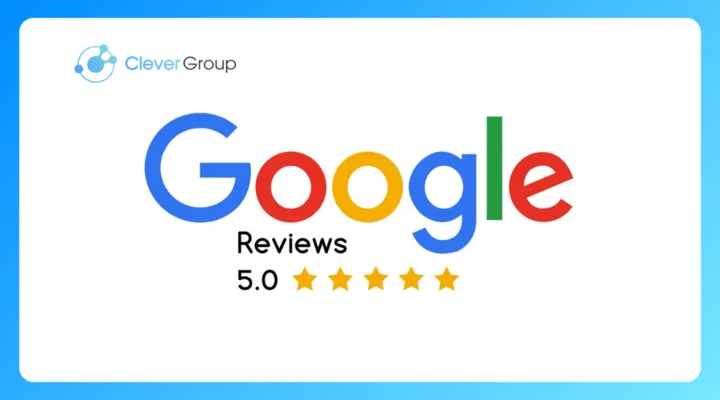
Google Reviews holds a unique advantage—it is directly tied to the Google ecosystem, meaning reviews surface immediately within Google Search and Google Maps results. Its features are built for accessibility, scale, and direct influence over consumer decision-making.
Seamless User Experience
Any Google account holder can leave a review, making the process nearly frictionless. This accessibility ensures a steady flow of feedback without requiring users to download additional apps.
Integration with Maps
Reviews automatically appear within Google Maps listings, enhancing local discovery. Businesses benefit from instant visibility when users search for nearby services, restaurants, or stores.
Rich Media Reviews
Google Reviews support star ratings, text, and photo uploads. More recently, video support has been expanded, allowing users to showcase product experiences or service environments visually.
Review Highlights and Keywords
Google automatically aggregates common themes from reviews (e.g., “great service,” “fast delivery”) and displays them as highlights. This feature speeds up consumer decision-making and surfaces brand strengths at a glance.
Business Profile Management
Google Business Profile (formerly Google My Business) integrates directly with reviews. Owners can manage responses, post updates, track review analytics, and monitor keyword trends from a single dashboard.
AI-Powered Sentiment Insights
Google’s AI tools categorize reviews by sentiment, allowing businesses to quickly assess customer satisfaction levels. These insights can be filtered by time, product, or service type.
Capterra: Features for Software and B2B Reviews
Capterra operates within the software and technology ecosystem, focusing on B2B buyers. Its features revolve around structured, data-rich reviews that help decision-makers evaluate enterprise tools.
Verified Reviewer Badges
Capterra uses rigorous verification to ensure reviewers are genuine users. Badges like “Verified Reviewer” add credibility and reduce the noise of irrelevant or biased opinions.
Feature-Focused Review Forms
Unlike consumer apps, Capterra reviews are highly structured. Reviewers rate individual features (e.g., usability, customer support, integration capabilities) and provide detailed pros/cons. This creates a database of highly granular product evaluations.
Side-by-Side Comparisons
Capterra enables users to compare multiple products directly, pulling reviews, ratings, and feature breakdowns into one interface. This feature is particularly useful for IT managers evaluating software options.
Category Rankings
Products are ranked within their respective categories (CRM, project management, HR software). Rankings reflect aggregated review scores and popularity, helping buyers identify leading solutions quickly.
Vendor Response Management
Software vendors can claim their profiles and respond to user feedback directly. This feature not only boosts engagement but also demonstrates a vendor’s commitment to transparency.
Advanced Filtering
Buyers can filter reviews based on company size, industry, or use case, allowing them to find feedback most relevant to their organizational context.
AppFollow: Features for Mobile App Review Management
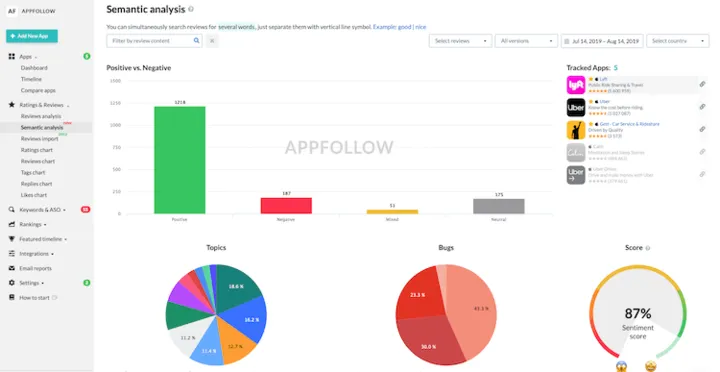
AppFollow is specialized for mobile app ecosystems, with features tailored to developers, publishers, and marketers looking to manage feedback across app stores. Its emphasis is on centralization, automation, and analytics.
Cross-Platform Review Aggregation
AppFollow consolidates reviews from multiple app stores (Google Play, Apple App Store, Microsoft Store, etc.) into a single dashboard. This eliminates the need for teams to manage feedback separately on each platform.
Automated Review Management
AppFollow supports auto-replies triggered by review sentiment, language, or keywords. This automation ensures timely responses while reducing the manual workload for customer support teams.
Sentiment Analysis
The platform’s sentiment analysis categorizes feedback as positive, neutral, or negative. This allows product managers to prioritize issues and track reputation changes over time.
Competitor Monitoring
AppFollow includes tools to track competitor apps, comparing review volumes, star ratings, and sentiment trends. This feature offers strategic insights for positioning in crowded markets.
Review Change Tracking
When users update their reviews after app updates or support responses, AppFollow tracks these changes. This feedback loop shows the impact of customer support or product improvements.
API and Slack Integration
Reviews can be piped directly into collaboration tools like Slack or Jira. This ensures developers and support agents see real-time feedback without switching between platforms.
Conclusion
The top five review apps each excel through their feature ecosystems rather than brand recognition alone. Trustpilot drives transparency through widgets and analytics. Yelp thrives on local engagement and multimedia richness. Google Reviews dominates visibility by embedding feedback directly into search and maps. Capterra empowers structured, feature-rich comparisons for B2B buyers. AppFollow centralizes and automates mobile app review management.
Selecting the right review app depends on aligning your needs with these features. A local restaurant may benefit most from Yelp’s multimedia community, while a SaaS provider would find Capterra’s structured evaluations indispensable. Meanwhile, app developers gain critical agility through AppFollow’s automation.
In a digital economy where credibility drives conversion, these feature sets are not optional—they are fundamental to building trust, guiding purchases, and sustaining growth.








